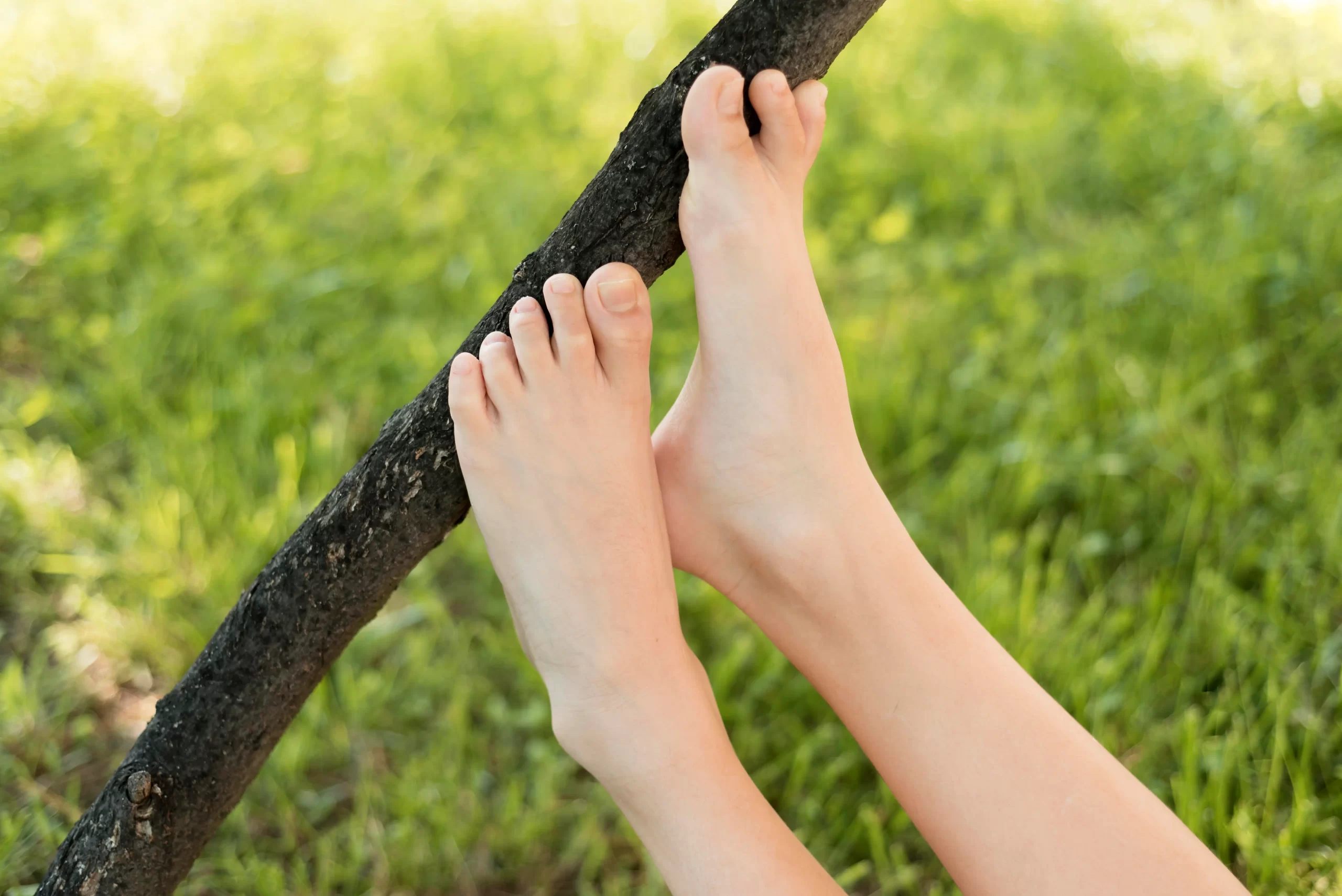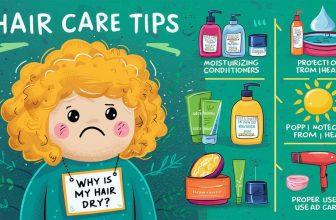How To Remove Dead Skin from Feet: 5 Simple Ways

How to remove dead skin from your feet is very significant since your feet are commonly overlooked in daily tasks.
They accompany you on every leg of your trip through life, yet all too frequently they take the brunt of abuse. The buildup of dead skin on your feet is a typical problem that can result from this carelessness and cause discomfort, dryness, and even serious health risks. In this thorough tutorial, we’ll dig into the art of foot care and examine how to use natural home treatments to remove dead skin from your feet. You deserve to have the healthiest, smoothest, and most youthful feet possible, and we’re here to show you how to get them in the convenience of your own home.
Causes of Dead Skin Buildup

How To Remove Dead Skin From Feet
The accumulation of dead skin on your feet can stem from various factors, both external and internal.
Here are some common causes:
-
Lack of Exfoliation
Without regular exfoliation, dead skin cells can accumulate, creating a rough and uneven texture. As the cells build up, they can lead to dryness, cracking, and even calluses.
-
Improper Footwear
Wearing ill-fitting or non-breathable shoes can cause friction and pressure on your feet. This constant rubbing can lead to the formation of dead skin, especially in areas where the shoe and foot come into contact.
-
Medical Conditions
Certain medical conditions, such as psoriasis, eczema, and fungal infections, can accelerate the shedding of skin cells, resulting in a buildup of dead skin. Understanding the underlying reasons for dead skin buildup is essential in effectively addressing the issue. By identifying the root causes, you can tailor your approach to dead skin removal and adopt preventive measures to keep your feet looking and feeling their best.
Preparing for Dead Skin Removal
To effectively remove dead skin from your feet, you’ll need a few essential supplies that will aid in the exfoliation and moisturizing process. Here’s what you’ll need:
-
Pumice Stone
A pumice stone is a natural exfoliating tool that helps slough off dead skin cells and smooth rough patches. Opt for a high-quality pumice stone with a comfortable grip for easy use.
-
Epsom Salts
Epsom salts are renowned for their soothing and exfoliating properties. Adding them to a foot soak can help soften dead skin, making it easier to remove.
-
Foot Scrub
Invest in a gentle foot scrub or create your own using natural ingredients like sugar, salt, or coffee grounds. A foot scrub helps to buff away dead skin and promote circulation.
-
Moisturizer
Choose a rich, hydrating foot cream or lotion to nourish your skin after exfoliation. Look for ingredients like shea butter, coconut oil, or aloe vera to provide deep moisture.
Creating a Comfortable Foot Care Routine
Warm Water Soak: Begin by soaking your feet in warm water for about 10-15 minutes. This softens the dead skin and prepares it for exfoliation.
Exfoliation: Gently scrub your feet using a pumice stone or foot scrub.
Focus on areas with thicker skin or calluses, but avoid being too aggressive to prevent irritation.
Rinse and Dry: Rinse your feet thoroughly to remove any remaining scrub or dead skin particles. Pat them dry with a soft towel.
Moisturize: Apply a generous amount of moisturizer to your feet, massaging it in circular motions. Pay special attention to your heels and any dry areas.
Put on Socks: After moisturizing, slip on a clean pair of socks to help lock in the moisture and allow your feet to fully absorb the benefits of the treatment.
Home Remedies for Removing Dead Skin
The power of nature’s cures is in your hands when it comes to getting rid of dead skin from your feet. These time-tested techniques use the beneficial properties of organic substances to exfoliate, soften, and revitalize your skin. Say goodbye to rough patches and hello to silky smooth feet with these effective home remedies.
Epsom Salt Foot Soak
Ingredients:
1/2 cup of Epsom salts
Warm water
Procedure:
Fill a basin with warm water.
Incorporate the Epsom salts and mix until fully dissolved.
Submerge your feet in the water for a period of 15 to 20 minutes.
Gently pat your feet dry and proceed with exfoliation.
Baking Soda and Warm Water Soak
Ingredients:
3 tablespoons of baking soda
Warm water
Procedure:
Fill a basin with warm water.
Stir in the baking soda until it’s fully dissolved.
Soak your feet for about 15 minutes.
Gently rinse and dry your feet before moving on to exfoliation.
Sugar and Olive Oil Scrub
Ingredients:
2 tablespoons of granulated sugar
1 tablespoon of olive oil
Procedure:
Mix the sugar and olive oil to form a paste.
Apply the mixture to your feet and gently massage in circular motions for a few minutes.
Cleanse by rinsing with lukewarm water and gently pat yourself dry.
Lemon Juice and Salt Scrub
Ingredients:
Juice of 1 lemon
2 tablespoons of salt
Procedure:
Combine the lemon juice and salt to create a paste with a gritty texture.
Apply the mixture to your feet and gently scrub, paying extra attention to rough spots.
Thoroughly rinse using warm water and gently pat yourself dry.
Vinegar Foot Soak
Ingredients:
1 cup of white vinegar
4 cups of warm water
Procedure:
Mix the vinegar and warm water in a basin.
Soak your feet for 15-20 minutes.
Gently scrub with a pumice stone to remove loosened dead skin.
Coconut Oil Massage
Procedure:
Warm a small amount of coconut oil in your hands.
Massage the oil into your feet using circular motions.
Leave it on overnight, wearing socks to lock in the moisture.
Aloe Vera Gel Application
Procedure:
Apply a thin layer of fresh aloe vera gel to your feet.
Allow it to dry before rinsing it off with cool water.
By incorporating these home remedies into your foot care routine, you can bid farewell to dead skin and unveil the smoother, healthier feet you’ve always desired. These natural solutions offer a holistic approach to foot care, ensuring that your feet not only look great but also feel rejuvenated and revitalized.
FAQs
How Often Should I Exfoliate My Feet?
Exfoliating your feet 2-3 times a week is generally recommended. However, individuals with sensitive skin may want to exfoliate less frequently to avoid irritation.
Can I Use a Pumice Stone Daily?
Using a pumice stone daily can be too harsh and may irritate. Limit its use to once or twice a week to avoid over-exfoliation.
Are There Any Medical Conditions Related to Excessive Foot Skin Buildup?
Certain medical conditions, such as psoriasis and eczema, can lead to excessive dead skin buildup. If you have any concerns about an underlying condition, it's advisable to seek guidance from a qualified healthcare professional.
Are There Any Side Effects of Using Natural Acids on the Feet?
Natural acids, like those found in fruits or vinegar, can cause skin irritation if overused. Follow instructions and perform a patch test before applying to larger areas.
Remember, the journey to healthier feet is not just about appearance; it’s about embracing a holistic approach that fosters both physical and mental well-being. So go ahead, treat yourself to the soothing foot soaks, indulge in the revitalizing foot masks, and follow the best practices to reveal the beautiful, smooth feet you’ve always desired. Your feet, after all, deserve nothing less than the utmost care and attention. Here’s to embracing the art of foot care and stepping forward with newfound confidence and comfort.






